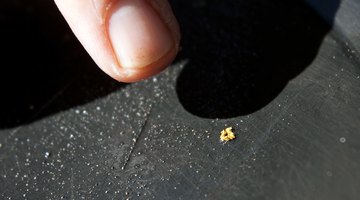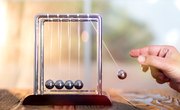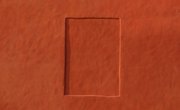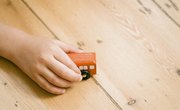Gold panning, whether it's professional or recreational, is supposed to yield gold flakes and nuggets washed out of the soil. However, just because it looks like gold and is in the same place as gold doesn't mean that it's gold. Most people have no idea what to look for, and even if they do find gold, they might throw it out accidentally. There are some simple tests to identify your gold nuggets and flakes when you do find them.
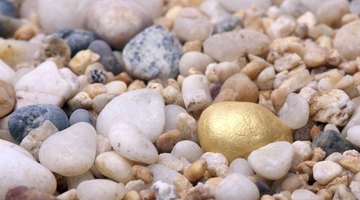
Look at where you found your suspected gold. If you didn't have to dig for it, and it was just laying there on top of the dirt, chances are good that it isn't actual gold. Most real gold is found underground.
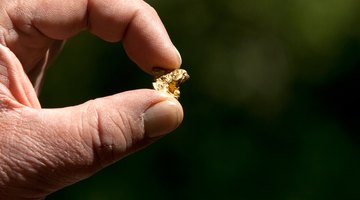
If you have a nugget, try to drag it across a mirror. Real gold is softer than mirrored glass, and it won't leave a mark on the mirror.
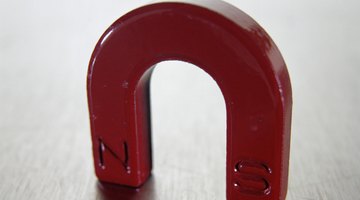
Test your gold nuggets and flakes with a magnet. If the gold is attracted to the magnet, it's not real gold but more likely fool's gold, which contains iron.
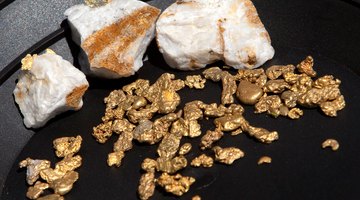
Poke your gold with a pin. Gold is extremely soft and ductile, so if the gold cracks or splits, chances are it wasn't real gold at all.
Related Articles
Writer Bio
Neal Litherland is an author, blogger and occasional ghostwriter. His experience includes comics, role playing games and a variety of other projects as well. He holds a bachelor's degree in criminal justice from Indiana University, and resides in Northwest Indiana.

